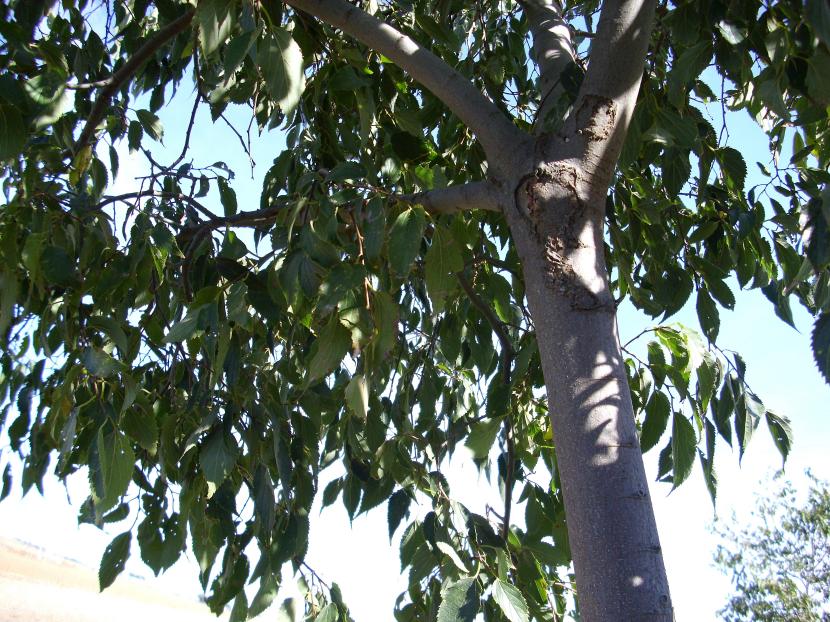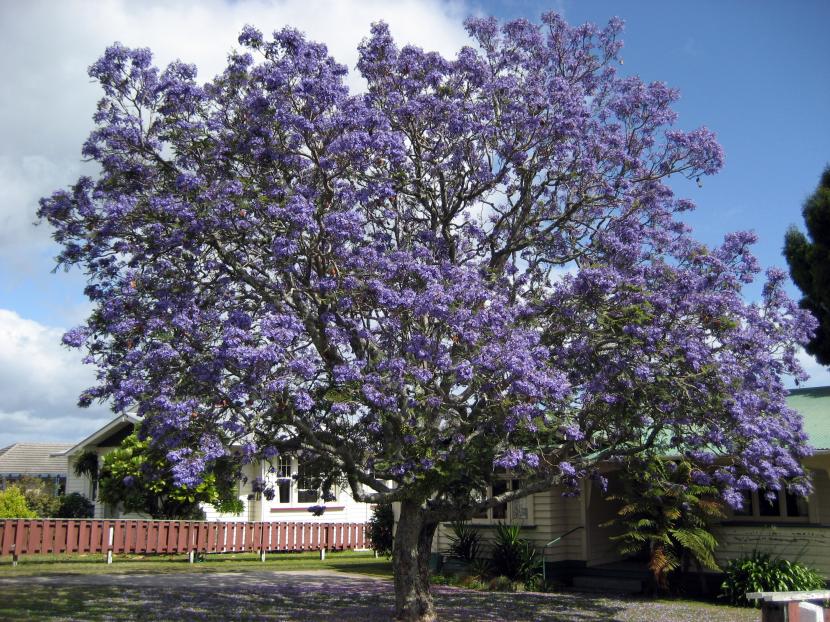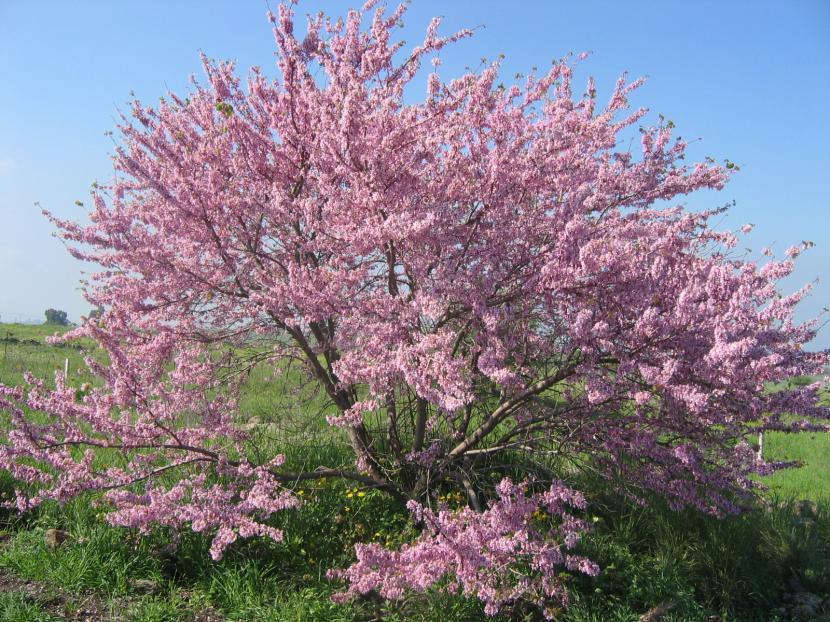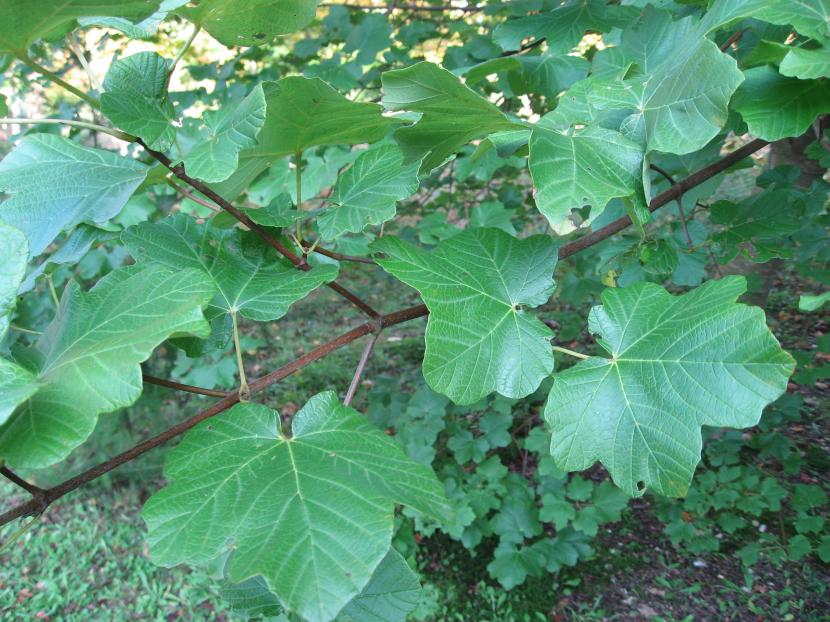
It is not easy to find deciduous trees for clay and / or calcareous soils, since evergreen trees such as olive, carob, or pine trees predominate. That is why to facilitate your task in finding the ideal tree to decorate your garden in a spectacular way, we will tell you some of the arboreal species most used in gardens with this type of soil.
One of them is the hackberry, whose scientific name is celtis australis. It is widely used in urban gardening due to its resistance to various types of diseases, and its rapid growth. He is originally from Australia. It resists drought well, but not intense cold or pruning. If you want to prune the hackberry, it should be done while it is young and sealing the wound with healing paste; otherwise it will cost a lot to heal.
jacaranda mimosifolia

El jacaranda mimosifolia It is a tree native to Paraguay, Argentina and Brazil. In its origin it behaves like a perennial tree, but in somewhat cooler climates it does lose its leaves in winter. It does not resist very strong frosts, but it does withstand mild frosts down to -2º. This is a tree to have as an isolated specimen and let it grow freely to be able to contemplate it in all its splendor.
Its beautiful lilac flowers appear in spring, ripening in autumn. It prefers not to be too exposed to the wind, as it could cause it to not grow properly. Resists drought somewhat, but in summer he will appreciate having watering frequent.
Cercis siliquastrum

El Tree of love, whose scientific name is Cercis siliquastrum, is a tree native to Asia, especially India. Its lilac-pink flowers appear before its leaves in early spring. It is quite a spectacle in itself, since so many flowers sprout, that instead of the characteristic color of the branches, only they are seen.
It resists drought and frost down to 4 degrees below zero.
acer opalus

El acer opalus It is the southernmost maple of all, and the one that best resists the Mediterranean climate - from where it originates - including the calcareous soils. However, too hot summers and / or hot-tropical climate affect it. If the summer is rather temperate and the winter is reasonably cold with frosts down to -4º, it is very likely that we will see how its leaves become colored.
Unlike the other trees on this list, this is not a suitable tree for shade, but it is to be used as a hedge or to delimit entrances and / or exits of the garden.
Which one did you like the most?
VERY GOOD AND COMPLETE INFORMATION. THANK YOU